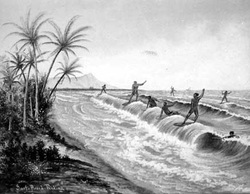-
Major Beaches by Zone
-
Hotels and Restaurants
-
Costa Rica Info
- About Costa Rica
- Costa Rica Map
- Festivals of Costa Rica
-
Costa Rica National Parks
>
- Arenal National Park
- Barbilla National Park
- Barra Honda National Park
- Braulio Carrillo National Park
- Cahuita National Park
- Carara National Park
- Chirripo National Park
- Cocos Island National Park
- Corcovado National Park
- Diria National Park
- Guanacaste National Park
- Irazu Volcano National Park
- Juan Castro Blanco National Park
- La Amistad International Park
- La Cangreja National Park
- Las Baulas National Marine Park
- Manuel Antonio National Park
- Maquenque National Park
- Palo Verde National Park
- Piedras Blanco National Park
- Poas Volcano National Park
- Rincon de la Vieja Volcano National Park
- Santa Rosa National Park
- Tapanti National Park
- Tenorio National Park
- Tortuguero National Park
- Turrialba
- Typical Questions
- International Air Service
- Costa Rica Domestic Air Travel >
- Driving in Costa Rica >
- U.S. Embassy Notices
- Costa Rica Properties
- Community Service
- Costa Rica Golf
- Monteverde Tours
- Costa Rica News
- New Page
| Surfzone Costa Rica |
|

